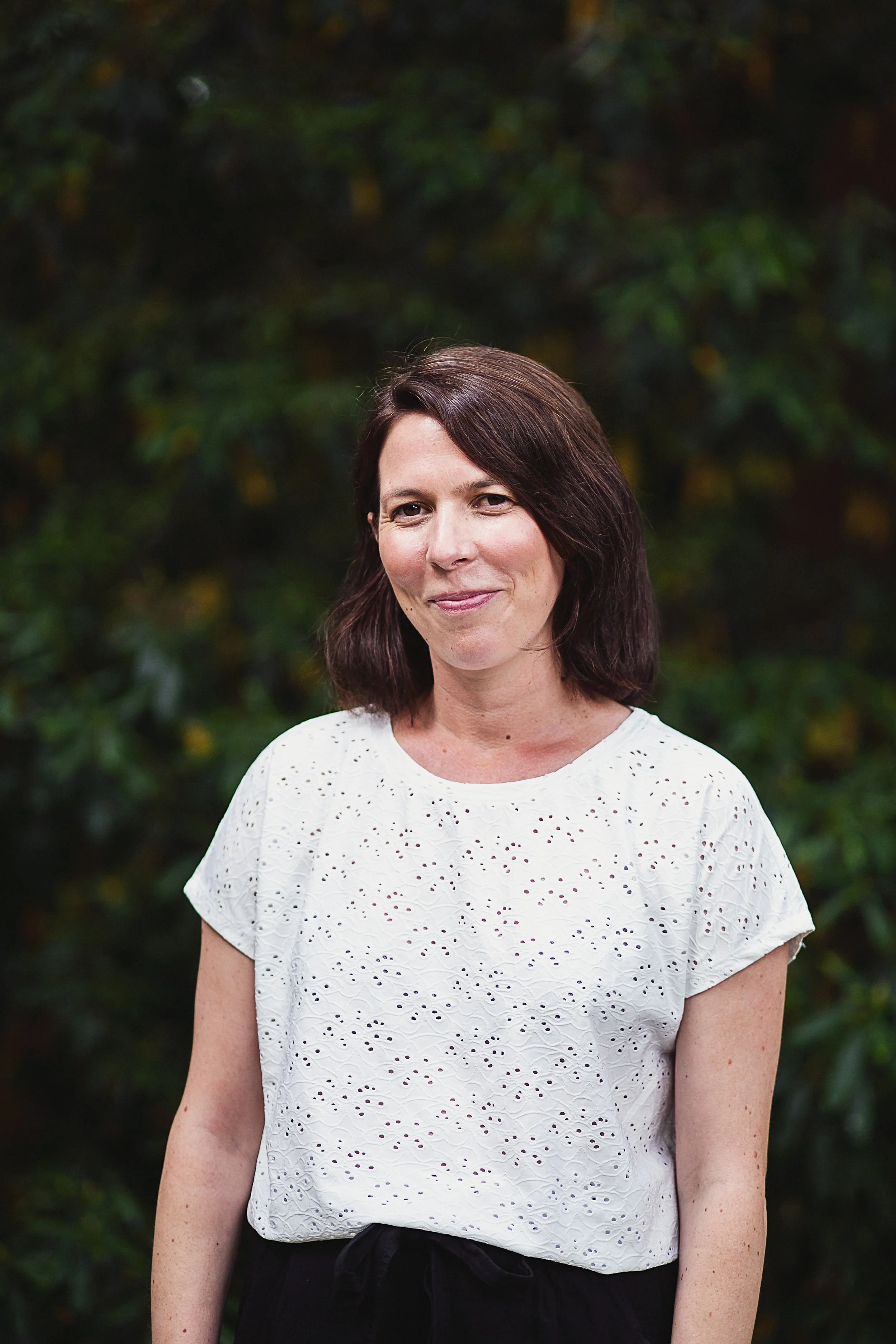5 Ways to Make Your Language Lessons More Engaging
Emilie Woodroffe is a Director at PLN, leading a team of specialist language teachers working across 40 primary schools in the North West. A native French speaker with 16 years of experience in primary MFL, she is also the voice and face of PLN’s in-class support programs, Video2Teach and Click2Teach. In this blog series, she shares insights, reflections, and ideas to inspire primary language teaching. Connect with Emilie on Facebook, LinkedIn, and X.
In a recent post, I shared a collage of learning outcomes and classroom activities from our French unit “At the Market.” At first glance, it might sound like a fairly traditional topic—but in practice, this unit came alive through creativity, real-world connections, and lots of cross-curricular opportunities.
Here are five ways you can add more engagement and impact to your language lessons and language teaching resources.
1) Create cross-curricular links
How can you connect the foreign language to real-life applications? For example, in this unit, the children conducted a class survey on their favourite fruits. It was a great opportunity to explore how surveys work and what makes them reliable—such as asking everyone the same question and not changing answers mid-way. And because it was a French lesson, the survey had to be completed entirely in the target language! Repeated use of native language (English) meant students had to sit down. Désolée!
Another great link was recipe writing. As part of the unit, children created a recipe for a fruit salad. Many children had never followed a recipe before, so we looked at the structure: listing ingredients (with quantities) at the top, followed by clear, bullet-points or numbered steps. The follow-up lesson involved making a fruit salad based on their written recipes—a fun and practical conclusion to the unit that also encouraged discussions about healthy eating and trying new fruits.
2) Link to festivals or cultural traditions
As part of the unit, students were introduced to traditional markets in France through photos and discussion. This sparked interesting conversations about how markets in France compare to those in the UK, and many children shared their own experiences of visiting markets abroad whether on holidays or whilst leaving in different countries.
Language lessons are a powerful tool for developing cultural capital, foreign language classrooms are ideal environments for challenging stereotypes, and sparking curiosity from an early age.
3) Start with the end in mind: backwards plan
What are you trying to achieve? What should students be able to say, write, or do by the end of the unit? Is your goal a written piece, a spoken presentation, a basis for comprehension or a creative project? Start with the final product in mind and work backwards to plan each step that will support students in reaching that goal.
What key vocabulary do you want to learn?
Which key phrases are going to spoken?
What is the level of competency in the classroom and school?
How are you going to build a language-rich environment?
What individual flashcards may you need in preparation for an inclusive classroom environment?
Think about what learning objectives and skills you want to tick off—and how you can address all four skills: listening, speaking, reading, and writing.
4) Make it memorable
What can you do to make the learning experience more engaging and unforgettable? Technology can be a great ally with minimal preparation requirement. Could you include authentic music or other digital tools that bring culture into the classroom?
In our unit, I turned a role-play conversation into a pop song using AI—just for fun! Small, creative touches like this help embed language and bring the lesson to life.
But it’s not just about technology—there are plenty of other ways to think outside the box. Could the learning take place outside the classroom? Could you invite speakers (parents, governors, etc.), involve a member of staff and ask them to feedback to the rest of school, or even have older students teach younger ones? These approaches help show that language is more than just a subject—it’s a real-world skill, a means to an end rather than the end itself. We want to bring languages right into the centre of the school community at different levels.
5) Give them the keys with phonics
Developing phonics is a powerful tool for a language teacher that builds students’ confidence to pronounce words accurately. Developing a strong foundation in phonics fosters independence and unlocks correct pronunciation. I’ve definitely changed my own teaching practice over the past few years by incorporating more phonics instruction and practice—and the benefits have been clear to see. It's important to maintain a balance of language skills, but phonics is becoming ever more demanded from KS3 and above.
In order to break down language barriers, in French and Spanish language, we want harness the skills from language learning, comprehension skills, vocabulary & key phrases retention, at varying level of competence and proficiency level, and bring it to life within the classroom. It is our duty to bring the whole school community to love learning languages.
If you are looking to save time whilst not compromising on creative and engaging lessons, here are 7 reasons why you should invest in a scheme of work













